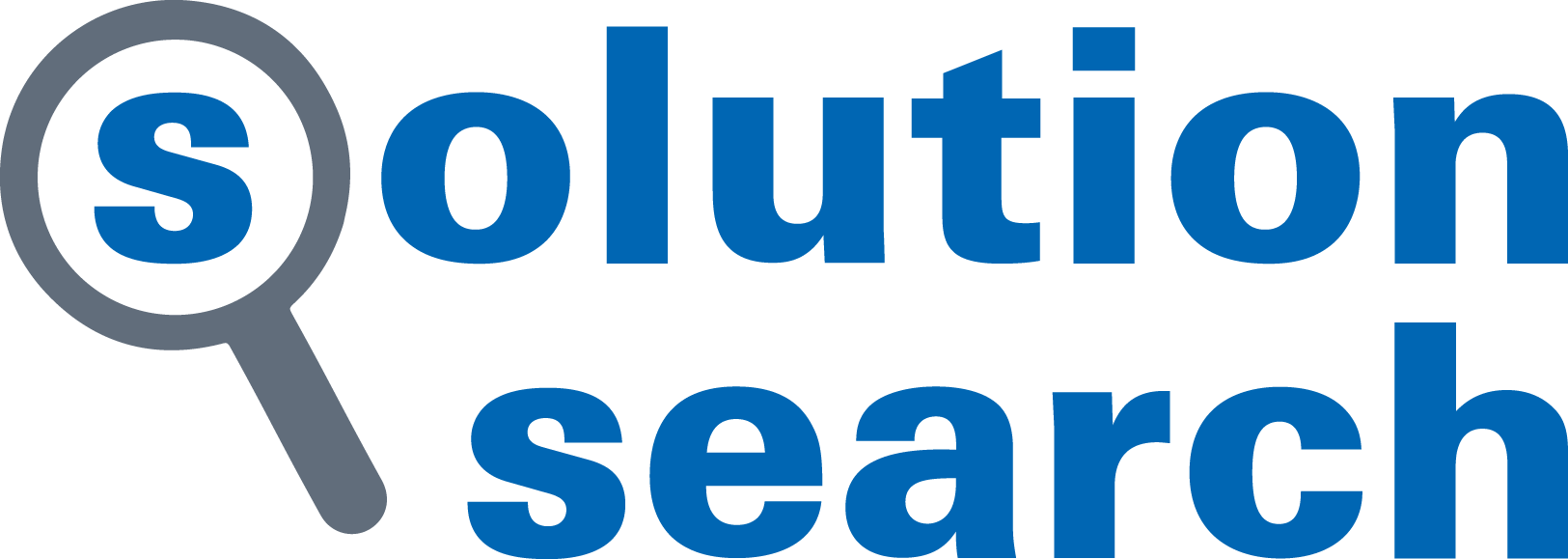How Behavioral Insights Help Reduce Water Pollution
We rely on clean water. Yet pollution threatens nearly every body of water on earth. The good news is that if human behavior is what got us into this (literal) mess, human behavior can also help to get us out.

A recent Solution Search contest surfaced and spotlighted solutions that are applying behavioral insights to reduce water pollution.
Applying behavioral insights to water pollution
Behavioral science provides a unique opportunity to address many of the actions that drive water pollution. During BE.Hive: Behavioral Solutions to Water Pollution, we celebrated the winners of the Solution Search contest and featured the latest relevant research in this space. Check out the following presentations (and more) across the site to learn how applying behavioral insights could help reduce water pollution.
Gregg Sparkman on applying social influences to dislodge the status quo
Social norms shape what we think we should do. But what happens when the action we want people to take is not the norm? By using dynamic norm information, environmentalists provide social proof to:
1. Indicate a future desirable norm
2. Motivate self efficacy
3. Communicate the value of change
4. Demonstrate 'people like them' are changing
In one published study, dynamic norm messages increased the orders of meatless dishes from 17% to 34% over static norm communications. In another, dynamic norm messages reduced partial loads of laundry by 28.5% (vs. 9.7% in the static norm group).
Ganga Shreedhar on how storytelling can change behavior
Science-based facts don't always motivate action. Stories can help break the barriers and drive behavior. This presentation highlights research that demonstrates environmentalists must:
1. Tell human stories to reflect shared norms
2. Share why people do something
3. Provide a clear call to action
One of Shreedhar's studies found that people were 11% more likely to take collective climate action and 10% more likely to take individual climate action after hearing stories of other people making those intentional choices.
About Solution Search
Solutions to some of the world’s greatest conservation and development challenges exist in local communities around the globe. Many times, however, these solutions remain on the local level and go unnoticed by the larger community. What’s already working must be surfaced and spotlighted such that practitioners around with world can expand their impact as they replicate proven success. Solution Search is designed to do just that. As part of Rare’s Center for Behavior & the Environment (BE.Center), Solution Search surfaces, spotlights, and accelerates existing solutions that use behavioral science to help solve the world’s most challenging environmental issues.

Solution Search Contest Partners

Levers of Behavior Change
Rare’s Center for Behavior & the Environment has a behavior change framework comprising six behavioral levers. Each lever represents a category of intervention strategies based on evidence-based principles from behavioral and social science. The levers are discrete and able to be pulled in different combinations for different effects.

Emotional Appeals: Using emotional messages to drive behavior
Information: Providing information about what is the desired behavior, what it matters and how to do it
Social influences: Leveraging the belief, behavior and expectations of others
Material incentives: Increasing or decreasing the real or perceived costs, time and effort of doing a behavior
Choice architecture: Changing the context in which a behavior is made
Rules and regulations: Enacting rules that constrict or promote a behavior

Begin applying behavioral insights to your programs

Learn. Design. Connect.
The Center for Behavior & the Environment translates science into practice and leverages the best behavioral insights and design thinking approaches to tackle some of the most challenging environmental issues. Through partnerships with leading environmental organizations and academic institutions, we bring research into the field to connect behavioral scientists with practitioners on the front lines of our greatest environmental challenges.

